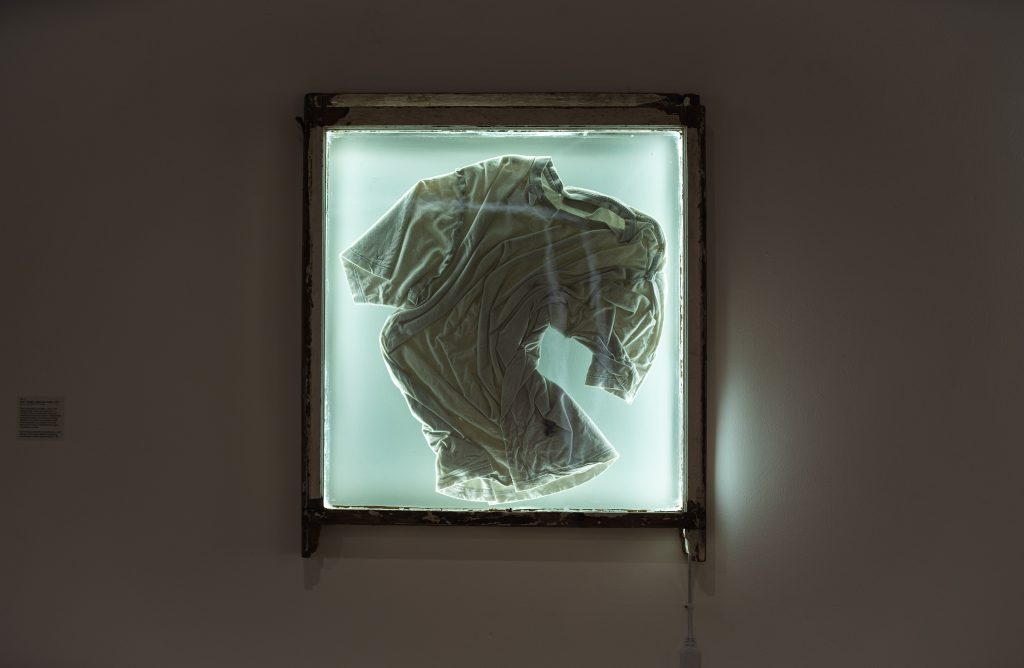When reading this interview article with a Senior Academic at UAL, conducted in 2018, I couldn’t help but envision certain colleagues I have encountered as the anonymous academic being interviewed. Little information is given about the demographic of the academic being interviewed; however, it’s implied that they are female, white, and potentially someone of an older generation, considering they are in a senior administrative position.
My most striking takeaway from this article is that the responses are rife with stereotypes of white individuals who are unaware of their positionality and unconscious bias. I’ve always believed everyone should experience equality and equal opportunity; however, in 2018, I may have responded similarly to some of the questions Aisha asked, specifically relating to the people in my surroundings or awareness of racism and discrimination at UAL. This article echoes some points Josephine Kwahli made in her 2016 UCU “Whiteness Unconscious Bias” interview she participated in in 2016, explicitly surrounding the benefits of responding to the inclusivity zeitgeist that benefits the white middle-class women in charge, more so than the underrepresented and marginalised individuals at the centre point of the discussion.
Another notable point was the interviewee’s statement that all their colleagues are white, yet discussions about race, ethnicity and whiteness come up only “in relation to students’ numbers and experience”. My programme-wide role at Central Saint Martins was created with funds from UAL to bring awareness to social and environmental justice within the curriculum. In this role, I have repeatedly experienced conversations regarding student diversity, and in most instances, as an urgency to counteract the overall whiteness of the courses. As a Caucasian-European individual, I have experienced other white staff members stating “they have to be PoC” when recruiting for new job roles, for example. I have given more detailed references to this in my reflective essay about my teaching artefact. However, as Sustainability Lecturer, I must convey the historical and cultural connections to the global south and sustainability as a harmonious way of life from most cultures other than Caucasian Western. Being a white man, I recognise my limitations in this regard. Therefore, I am in a position where it’s essential to use this opportunity to create an open and honest dialogue where this acknowledgement is known to both students and staff members.
Towards the end of the article, Aisha Richards says, “I would love to interview you again in 18 months to see and hear of any changes?”. Out of interest and intrigue, I’ve looked for a follow-up article but have yet to find one. SoN’s resources since 2018 have been more resouce-driven, providing brilliant academic references; however, they have not continued publishing journals in similar formats.
Bibliography
Richards, A. (2018). ‘White Academia: Does this affect you?’ Peekaboo We See You: Whiteness. [online] Available at: https://shadesofnoir.org.uk/graduate-case-studies/my-shades-experience-mica-schlosser/ [Accessed 27th July 2023]

